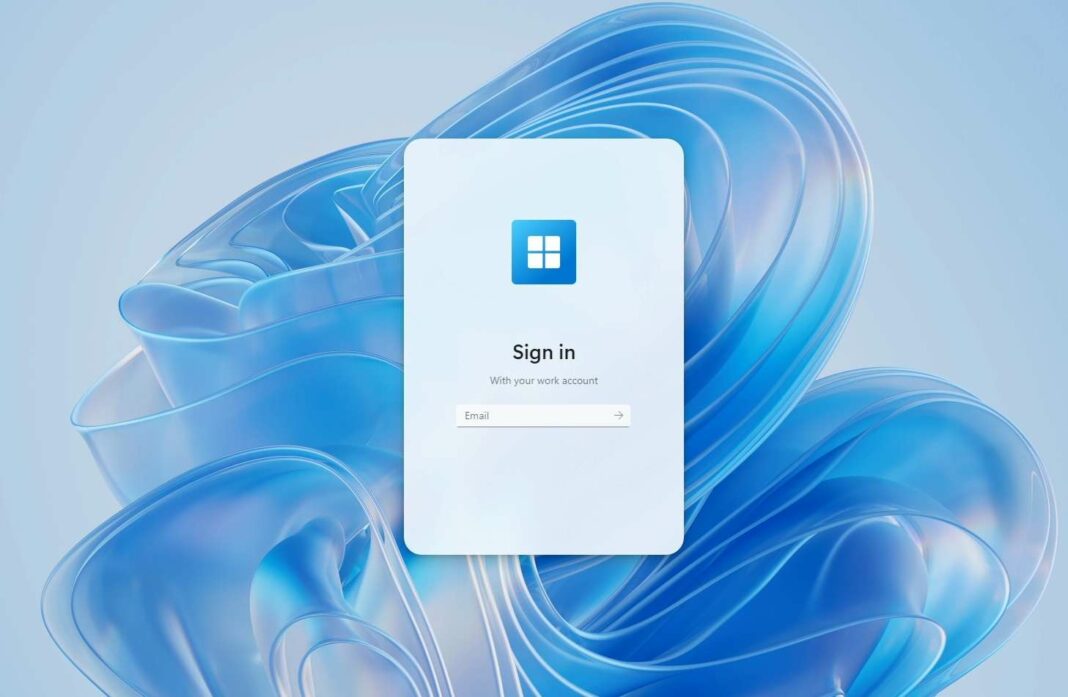Microsoft has unveiled the Windows 365 Link, a compact mini PC designed for cloud computing, operating on the new Windows CPC rather than Windows 11. Showcased at Ignite 2024, it offers a portable alternative to traditional desktops, focusing on remote access via the Windows 365 platform. Although details about Windows CPC are limited, it emphasizes a simplified, modern interface and requires a Microsoft account and subscription for full functionality, promising an enhanced cloud experience.
Introducing Windows 365 Link: A New Era of Cloud Computing
Microsoft has recently revealed the innovative Windows 365 Link, a mini PC tailored for cloud computing. Unlike traditional computers, this device does not run on Windows 11; instead, it operates on the newly developed Windows CPC, a fresh iteration of the operating system. Early leaks have provided insight into this exciting new product.
At the Ignite 2024 conference, Microsoft showcased the Windows 365 Link as a compact and portable alternative to conventional desktop towers. Its lightweight design makes it easy to transport while occupying minimal space on your desk. This mini-PC is crafted to rival Apple’s Mac mini, albeit with a distinct operational approach. Rather than delivering a full local computing experience, it leverages the Windows 365 platform, allowing users to access a more comprehensive system remotely through the cloud.
Exploring Windows CPC: The Future of Cloud-Connected OS
While Microsoft has divulged key technical specifications for the Windows 365 Link—boasting dimensions of 120 x 120 x 30 mm, an Intel processor, 8 GB of RAM, and 64 GB of storage—details about the operating system remain scarce. However, leaked information has surfaced regarding this new OS, internally dubbed Windows NXT and anticipated to launch as Windows CPC (Cloud PC). Windows Latest has obtained early access and shared screenshots showcasing the unique interface of this operating system.
Although the publication faced limitations while testing Windows CPC due to access restrictions, it revealed that a Microsoft account and an active internet connection are prerequisites for deeper exploration. Additionally, a Windows 365 subscription is mandatory for full functionality.
Windows CPC is designed to provide a seamless cloud experience, eliminating the need for a complex machine akin to Windows 11. The interface is streamlined, focusing on simplicity and essential features, as user activities will primarily occur via streaming.
Windows Latest describes the OBBE (out-of-the-box experience) as “more modern and user-friendly than that of Windows 11.” With a simplified setup process and fewer settings to navigate, users will benefit from a less cluttered interface. The rounded corners, also seen in Windows 11, contribute a fresh aesthetic to the design.
Instead of relying on plain text instructions, Windows CPC NXT employs vibrant visual elements like icons and folders to guide users through initial steps, creating a fluid experience. The consistency in user interface elements marks a significant improvement, as Windows 11 still features outdated menus and components.
While Windows CPC is expected to incorporate AI-driven features, specifics remain under wraps. It’s essential to note that this OS is not envisioned as a standalone Windows Light; rather, it’s intended to connect users to Windows 11 and future versions via the cloud through Windows 365.
